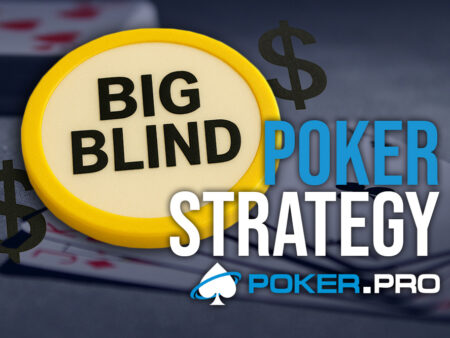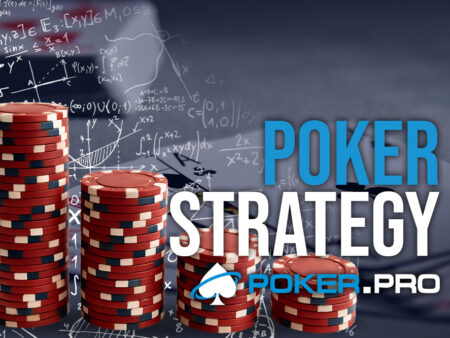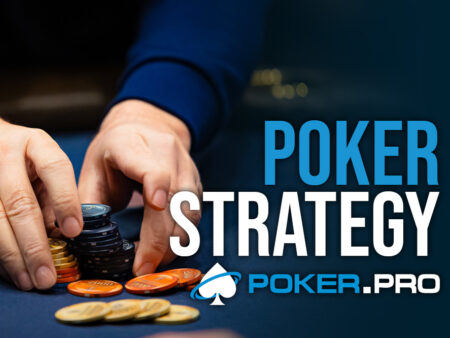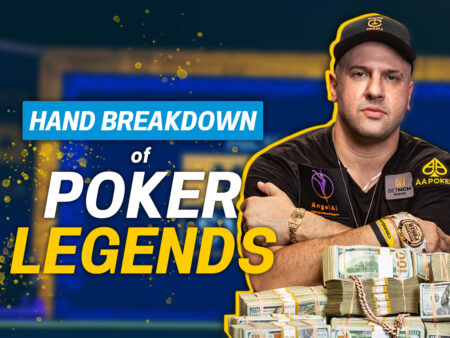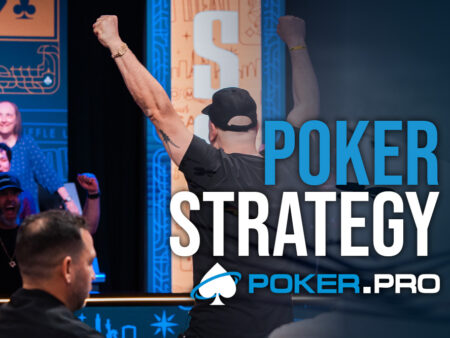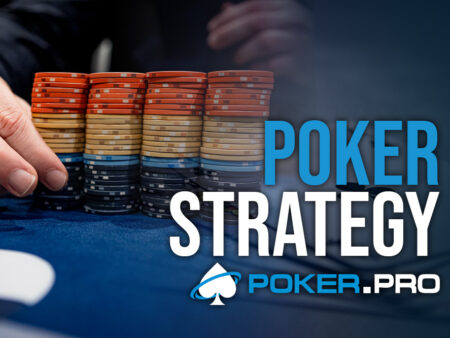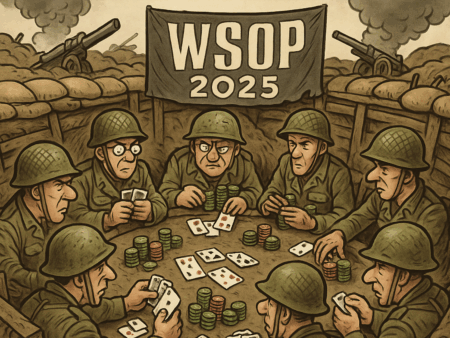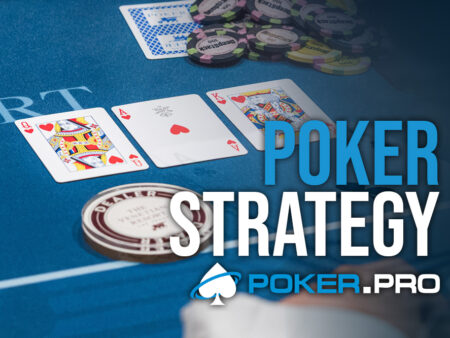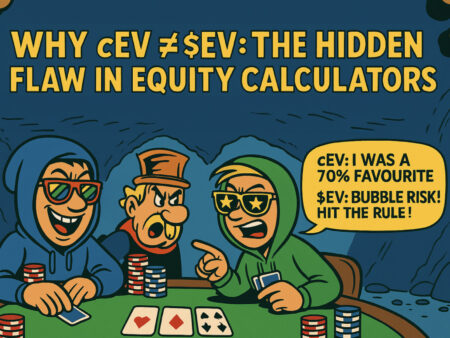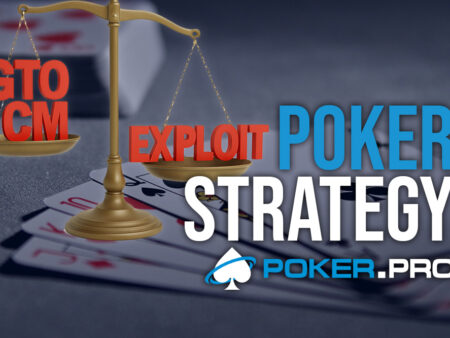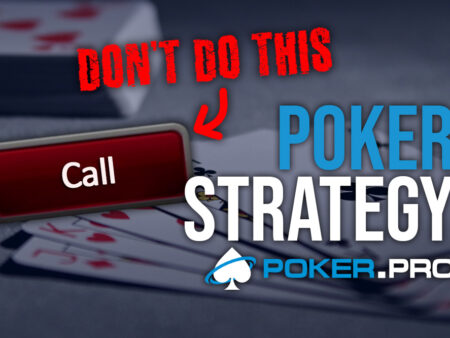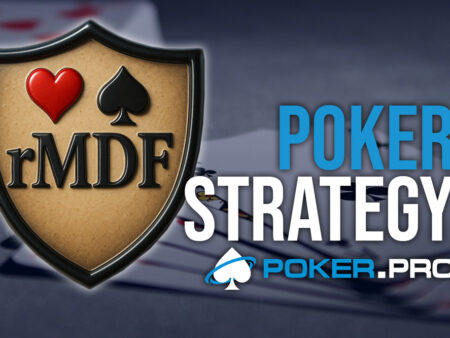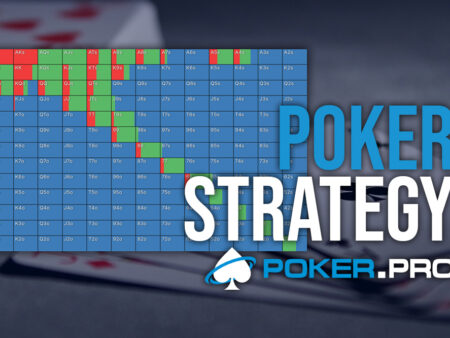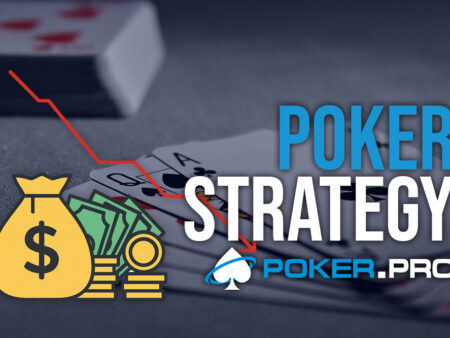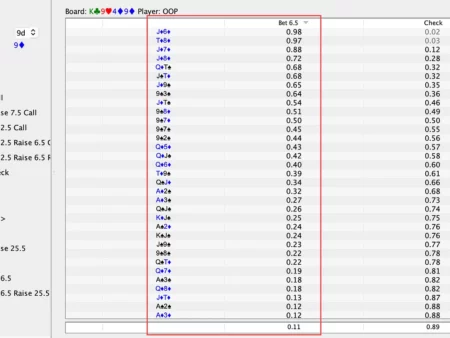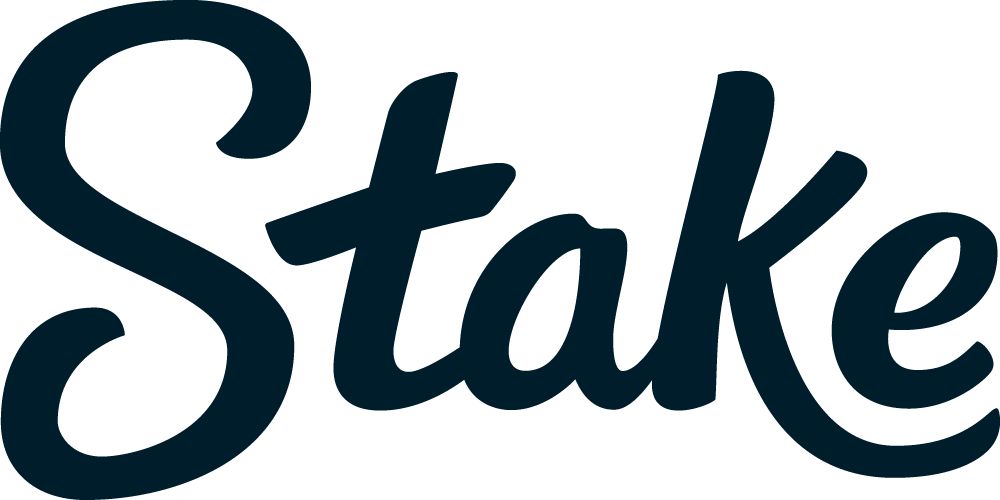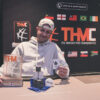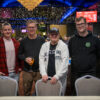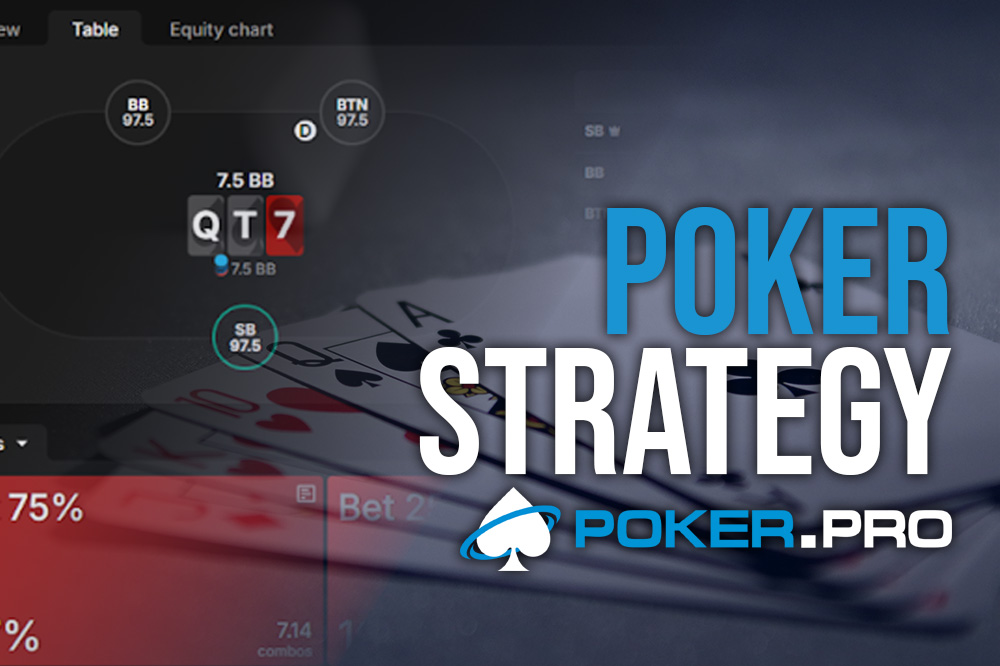
Most players carry a simple rule into multiway pots: bet small or don’t bet at all. It’s a decent default – equity is shared among more players, the burden of defence spreads out, and one bet faces two ranges instead of one. But that rule has profitable exceptions. In specific formations and on particular textures, larger bets convert structural advantages into immediate EV more effectively than small stabs ever could. This article maps those windows, explains why “big” works when it does, and shows you how to execute with the right combos and follow-ups. I’ll also point you toward quick GTO Wizard setups you can run to see the patterns yourself.
- Read more: Eldarova’s Dynamic Exploit Equilibrium (DEE) Theory
- Read more: The Right Way to Study GTO Ranges: Stop Memorising, Start Understanding
The three green lights for going big
Think about three levers at once: nut/range advantage, position in the firing order, and SPR. Big bets shine when you keep the top end of the range that others mostly lack (overpairs, top two, trips in 3-bet trees), when you act last into ranges that are capped and visibility-cursed, and when the SPR is already low (squeezed or 3-bet pots, or preflop sizings that inflate the pot). When two of these line up, big bets start to look attractive; when all three align, small bets leave EV on the table. You can verify this quickly in Wizard: set up a 3-way ChipEV sim, give the preflop aggressor a linear range edge, and watch how recommended sizings migrate upward on static, high-card boards where the aggressor holds the top end more often.

Formations where big actually outperforms small
Button vs Small Blind + Big Blind (single-raised) is the cleanest case. Acting last in a three-way pot compresses everyone else’s defence: the Small Blind worries about the Big Blind still to act; the Big Blind knows the Button closes the action and can punish loose calls. On A/K-high and paired boards, the Button retains a dense concentration of top pair/top kicker and some overpairs; the blinds, built from flat-heavy ranges, are capped. This is precisely where a 50-66% pot bet can outperform a small, automatic c-bet. In GTO Wizard, create BTN opens, SB calls, BB calls at 40-60 BB, choose an A-K-x rainbow flop, and include both 33% and 60% sizes for the Button. You’ll typically see the solver push a meaningful share into the bigger size because it extracts value from dominated top pairs and denies clean equity to two ranges at once.
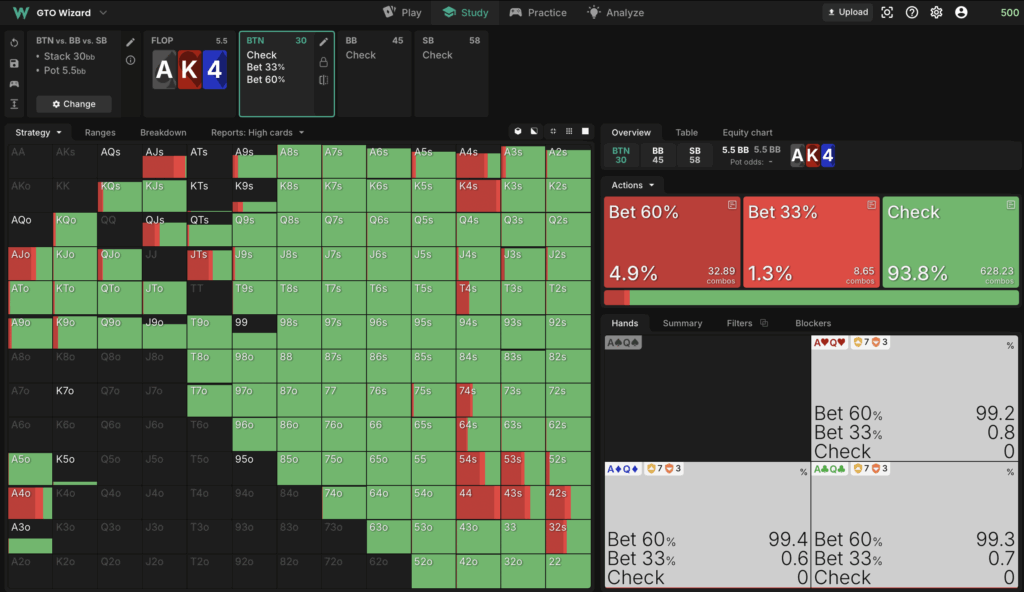
A second productive formation is Raiser in position versus two callers, for example, CO opens, BTN flats, BB calls. The opener retains overpairs and strong top pairs at a higher frequency than either caller, who are “visibility-cursed”: each caller has to worry about the other player continuing behind, so call thresholds are tighter in practice than heads-up. On boards like 9-4-2r, T-6-2r, or A-Q-4r, a 50-70% sizing often performs better than a small probe because it punishes middling pairs and weak top pairs that can’t afford to peel twice. In Wizard, load CO vs BTN + BB, keep the preflop ranges realistic (CO tighter than BTN, BB wide but capped), and inspect how the CO’s value shifts into medium-plus sizings on those static flops.
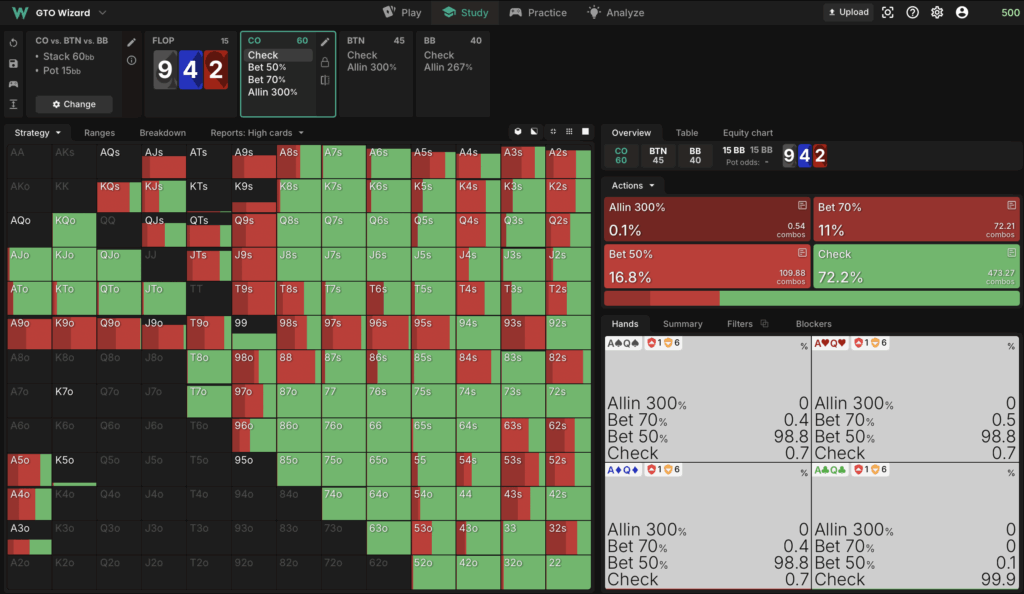
The third, and perhaps most robust, environment for big bets is multiway 3-bet pots. Suppose SB 3-bets, BTN calls, and BB over-calls. The 3-bettor keeps QQ+/AK at far higher density; everyone else is capped, and SPR is low from the start. On A-K-x, Q-Q-x, or K-7-2r, a 55–75% c-bet leverages both nut advantage and shallow stacks: it extracts value, denies equity to dominated broadways and under pairs, and sets up a comfortable turn shove on bricks. In Wizard, model SB 3-bets, BTN calls, BB calls at 30–50 BB effective. Give SB x / 33 / 66 / 75 on the flop and simple turn sizes (x / 60 / jam). You’ll see large flop bets anchor the strategy on static boards because they close EV cleanly with minimal decision trees left.
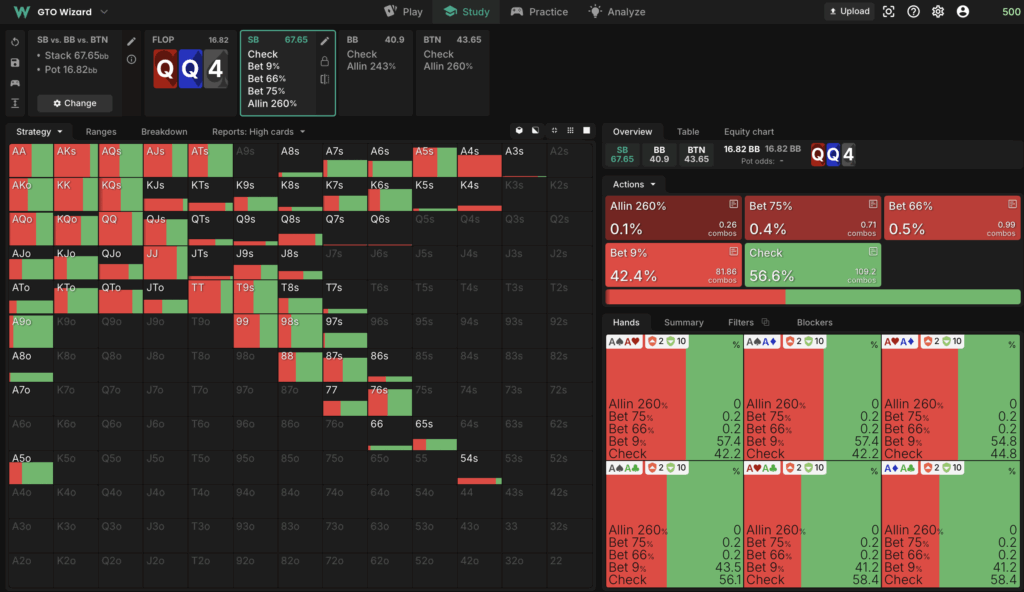
A closely related case is the squeeze pot: BB squeezes vs an open plus a flat. The squeezer inherits overpairs and strong top pairs; callers hold dominated high cards and small pairs that realise poorly. With K-8-3r, A-J-4r, or Q-Q-x flops, 60-80% works better than a token third-pot bet: it forces second-best hands to overpay or fold, denying equity to two players at once. In Wizard, set CO open, BTN flat, BB squeezes, both call, and you’ll see the squeezer’s large sizing preference on high/paired textures with clear range control.

Textures that invite big bets
Big bets aren’t just about who’s in the hand; they’re about the board. High and paired boards – A-K-x, A-Q-x, K-K-7r, Q-Q-5r – are static: the best hands are already best, and turn/river cards don’t flip equity very often. When you keep more of those best hands, sizing up turns your structural edge into chips. Two-tone boards with nut-suit blockers (say A♣9♣4♦ or K♠10♠3♥) also reward larger bets; multiway ranges are full of draws and pair-plus-draws, so denying equity is worth more.
If the front door completes on the turn, flop A♣9♣4♦, turn K♣, and you hold the nut club or a made flush, the multiway field is under severe pressure; 70-90% on the turn is the right tax. Similarly, when the board pairs on the turn, K-8-3r becomes K-8-3-3, your opponent’s two-pair and straight density collapses while your overpairs and top pairs hold. Big bets here are efficient equity locks that prevent two ranges from “realising” cheaply.
You can make this concrete in GTO Wizard by running a small pack of boards. For each formation above, give yourself one high/paired, one two-tone with your nut-suit card, and one brick-pairing turn. Include a small and a big size on the flop, then on the turn include a big size and a jam. Compare the EV of small-bet trees with the big-bet trees; you’ll typically see the big line pick up EV precisely on the textures described.
What you’re betting when you go big
When you size up, your value must be clean and your bluffs must be selective. In multiway 3-bet pots, value is straightforward: QQ+/AK, trips on paired boards, and top-pair-top-kicker on A-K-x. In single-raised IP spots, value extends to top two, sets, and A-strong-kicker on A-Q-x; on K-K-x, any Kx you reasonably have in range qualifies. For bluffs and semi-bluffs, choose nut-suit draws, BDSD + overcards that also block their strongest continues (e.g., A♣Q♠ on A♣9♣4♦), and wheel backdoors on A-high boards that pressure non-ace one-pair. Avoid complete air – no pair, no backdoors, no relevant blockers – because multiway calls gravitate to exactly the hands you need to block (flush draws, pairs, pair+draw).
In Wizard, this becomes clear when you toggle the Combo view after a solve. Filter your large-bet line and sort by hand class: you’ll notice the concentration of nut-blocker bluffs and clean value, and how medium, no-blocker junk almost never appears. If you see yourself tempted to bluff with offsuit air, check the “Continue vs bet” matrix for each opponent; you’ll see how poorly that air performs against two sticky ranges.
Executing the line: three narrative examples
Picture BTN vs SB + BB on A-K-4r. You hold AQ. The field calls too much against small bets here, and the blinds’ top-pair density is lower than yours. A 60–66% c-bet becomes the EV-max line: it extracts from A-T/A-J, punishes Kx without a second over card, and prices out floats with six clean outs. If called, the brick turns (board pairs, disconnected low cards) invite a second, slightly larger bet; on scare turns that aid their range, your positional control allows you to check and realise without conceding the initiative.
Now take CO vs BTN + BB on 9-4-2r. You hold JJ. A small bet lets two ranges peel and realise, creating tricky turns. A 55–65% bet denies equity to floating overcards and punishes 9x without backup. Turn bricks such as 2 or K keep your range advantage intact; a second barrel 60–70% cleanly pushes folds from under pairs and light 9x while letting you check back rivers that don’t help.
Finally, consider a multiway 3-bet pot: SB 3-bets, BTN calls, BB calls, flop Q-Q-5r. With AA/KK (and of course AQ), you’re supposed to bet 65–75%. A third-pot bet invites sticky calls from under pairs and ace-highs that realise too easily; a large bet captures value now and sets up a comfortable turn shove on bricks. Build this in Wizard with a 3-bet tree and you’ll see the pattern immediately on these static boards.

Exploit toggles and population truths
Live and ICM-sensitive pools under-defend large multiway bets. That means you can value wider and bluff narrower – lean into the big sizing with hands that are a half-step thinner for value, and keep your bluffs to nut-blocker selections. Online reg pools, especially in tough scheduled MTTs, will defend closer to equilibrium, particularly for the closer to act; against these fields, consider two-street lines: big flop – controlled turn – polarised river on bricks. This punishes capped ranges without handing them a perfect check-raise turn node.
Common pitfalls that kill EV
The main error is going big from an early position with players behind on dynamic boards. You give yourself a tight range, invite raises from the middle, and still have two players who can continue profitably – your big bet does their work for them. Another mistake is using big sizes on volatile flops like J-T-9 two-tone: too many turns flip equity; small-bet or check more and delay aggression for cards that really help your story. Finally, bluffing without blockers is a costly leak in multiway: if you don’t block flush draws or top pairs, your large bet gets called too often to be profitable.
A simple Wizard workflow to internalise “big”
Open Custom Solve (3-way) and build three quick formations: BTN vs SB+BB (SRP), CO vs BTN+BB (SRP), and SB 3-bets vs BTN+BB. Give each a small and a big flop size; keep turns simple (check / 60 / jam if SPR is low). Run one high/paired board, one two-tone with your nut suit, and one brick-pair turn per formation. Save each as a preset. Then study the EV difference between small-only and mixed small/large trees and look at combo filters for your big-bet line. Two short sessions like this will burn the patterns into your intuition.
Remember “Always small” is a helpful starting point in multiway pots – but it leaves money on the felt when nut edge, last action, and low SPR converge on high/paired or front-door textures. In those windows, big bets don’t just look bold; they’re the most efficient way to extract value and deny realisation across two ranges at once. Use GTO Wizard to see it, then take it to the tables with clean combo choices and disciplined follow-ups.

